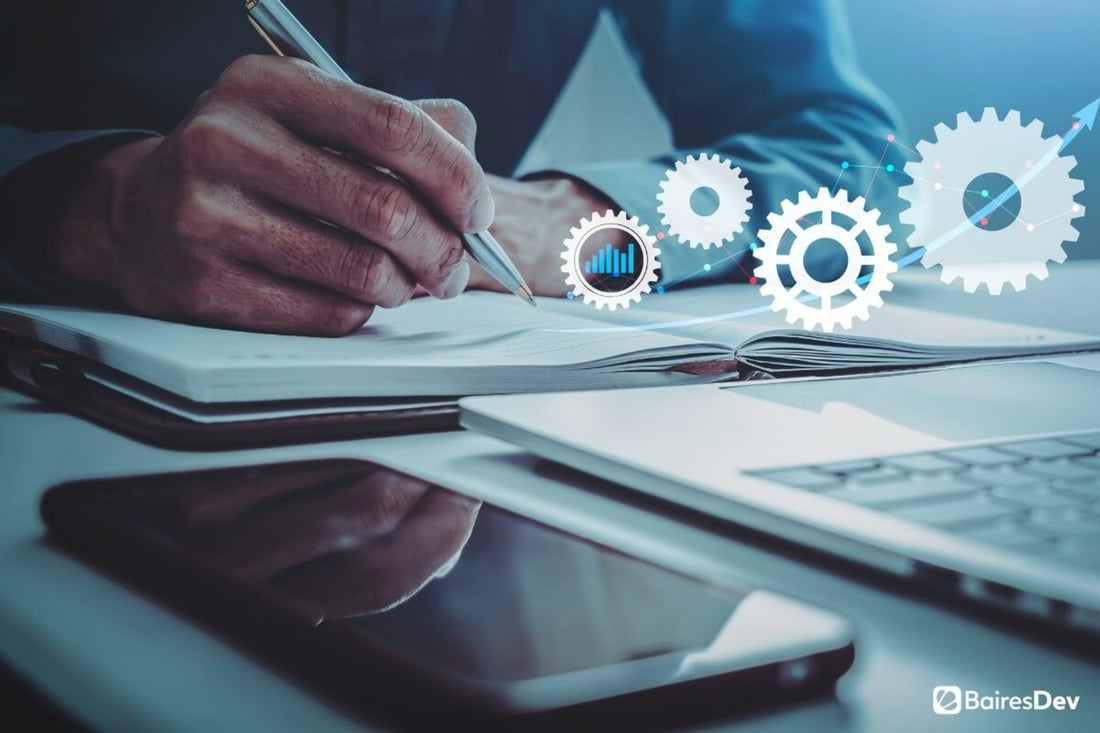There are many variables that need to be considered to calculate the cost-benefit of moving to the cloud. Here's everything you need to know.

Servers. Maintenance and support. Software licensing. Extra staff. Energy bills. Physical space. Asset Management. Cloud services. Internal resources. Software licensing. Extra talent. While this may be optional if you have in-house talent to perform the migration, it's best to consider using outside help from cloud engineers to make the transition as smooth as possible.
While these four are the biggest costs associated with moving to the cloud, you may incur hidden costs, such as the one associated with needing to update other systems in your digital ecosystem to ensure seamless integration with your new cloud provider. Be aware of what the entire migration process involves and sharpen your eyes to detect potential costs along this journey.
Once you calculate these numbers, you can compare the TCO with the investment required to migrate to the cloud. If moving to the cloud is cheaper than keeping your infrastructure in-house, you already have a clear indicator that this is the way to go. However, you still need to calculate ROI, which you can do with the following formula:
(Investment profit – investment) / investment = ROI
The profit on investment is what you save by moving to the cloud, which can be estimated by subtracting what you are spending on cloud computing from the TCO. So, for example, if you are spending $50,000 on your on-premises infrastructure and moving to the cloud costs $30,000, you will net a profit of $20,000.
Now, if you use this value in the formula above, you might notice that you received a negative ROI: (20,000 – 30,000) / 30,000 = -0.3. Does this mean you shouldn't switch to cloud computing? Not exactly. This ROI is what you would get at the specific time you based your costs. In other words, if $50,000 is the TCO for the entire year, then this -0.3 ROI applies to one year.
This sounds bad, but as with many new technologies, you can't expect a spectacular ROI in just one year. When you look beyond this year, you realize that the ROI becomes more attractive. For example, this is what you would get if you committed to a 3-year plan for cloud computing:
(60,000 – 30,000) / 30,000 = 1
In this equation, your profit has tripled because you are considering a 3-year period instead of a single year. As you can see, the ROI improves substantially, which makes sense: cloud computing pays for itself over time, so the longer you commit to it, the better ROI you'll see. This is easy to explain, as migration is a one-time expense, while the savings achieved are cumulative.
It's time to consider moving to the cloud
While it's understandable that you might want to proceed with caution when it comes to making such a large investment, the reality is that you can calculate your ROI accurately and plan accordingly. This way, you can start migrating to the cloud quickly and enjoy all its benefits and be sure that you will have the ROI you are looking for in the near future.
One last thing: don't think that savings and profits will remain static throughout the year. Depending on how much you grow and your cloud provider's pricing system, this ROI may fluctuate and need further adjustments. Fortunately, you can use this way to calculate ROI to get an approximate value for defining your cloud strategy and leveraging the benefits of this fundamental technology.

